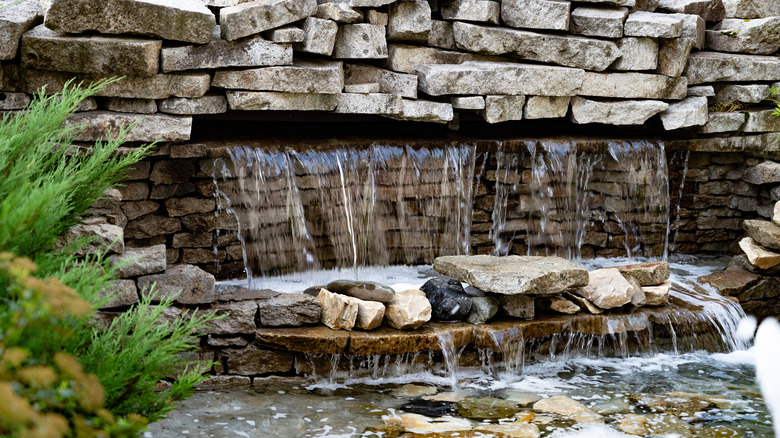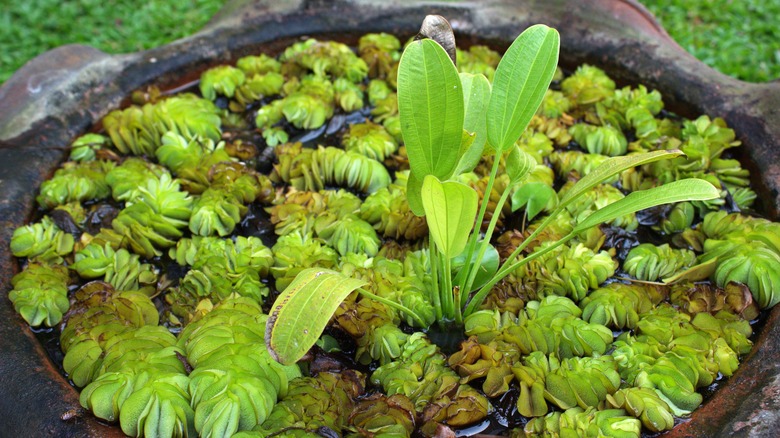The Invasive Water-Dwelling Plant That Destroys Marine Life (Keep It Far Away From Your Yard)
A pond in the yard is supposed to be peaceful, alive with blooming lilies and fish gliding underneath the surface. But that serenity can be wiped out in no time by a silent invader like the giant salvinia (Salvinia molesta). It's a fast-spreading invasive plant you don't want to find growing in your yard. Giant salvinia looks harmless at first glance, and you might even think that it's just a floating green patch, so what harm can it do? But it has a reputation for overrunning ponds, lakes, and any standing water it touches. It often sneaks in by clinging to boats, fishing gear, or even a single bucket of lake water.
Once established, it can blanket the surface of an aquatic environment almost overnight, blocking sunlight and throwing the entire ecosystem off balance. To avoid all of this, it's important to protect your yard's water features, and that starts with keeping this invader out in the first place. Because once it's in, it's far harder to stop.
Why giant salvinia is dangerous and how to protect your yard
Once giant salvinia finds a new home in a pond or lake, it takes over. What makes it so destructive is the way it forms thick, floating mats that block sunlight from reaching the water below. Without sunlight, native underwater plants die off, which means fish and waterfowl lose the food and shelter they rely on. As the mats thicken, they also cut off the oxygen that fish and other aquatic creatures need to survive, turning vibrant waterways into lifeless pools. This invader is also astonishingly fast-growing. Giant salvinia can double in size in as little as two to six days, and can completely cover slow-moving water with mats as thick as 3 feet deep. This is why giant salvinia has earned its place among the worst invasive plants to avoid at all costs.
Knowing how to safely remove invasive plant species from your lawn and garden is just as important as prevention, because the wrong approach can make the problem worse. Hand-pulling or skimming the mats might seem like an easy fix, but even tiny fragments left behind can regrow and spread rapidly. For widespread infestations, you can use targeted herbicides to get rid of it or a natural ally called the salvinia weevil. This small beetle feeds only on salvinia, weakening the plant and causing the dense mats to sink beneath the surface. And sometimes it can even reduce the coverage by as much as 90%. Keep a close eye on your ponds and water features and make sure they're clean. If you see the intruder, promptly inform your county Extension office, and stop this fast-growing invader before it takes hold.

